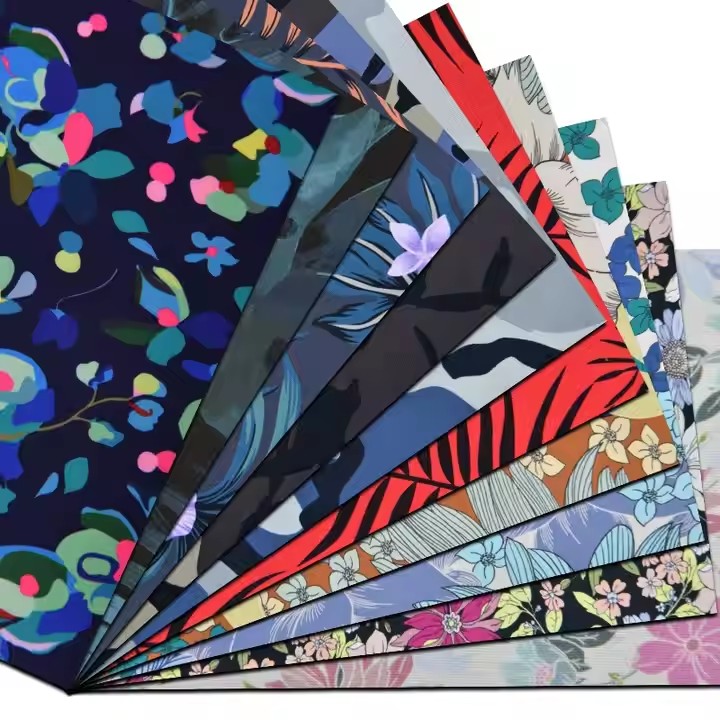
- 2025-07-29
Comprehensive Guide For Neoprene
Neoprene: A Comprehensive Guide
1. Introduction to Neoprene
Neoprene, also known as polychloroprene, is a synthetic rubber developed by DuPont scientists in 1930. It is renowned for its durability, flexibility, and resistance to environmental factors such as water, oils, and extreme temperatures. Due to its versatile properties, neoprene has become a widely used material across various industries, including fashion, sports, automotive, and medical fields.
2. Composition and Manufacturing
Neoprene is produced through the polymerization of chloroprene, resulting in a synthetic rubber with a closed-cell foam structure. This structure traps nitrogen gas, providing excellent insulation and buoyancy. The material can be manufactured in different densities and thicknesses, making it adaptable for various applications.
Key Properties:
Water Resistance – Impermeable to water, making it ideal for wetsuits and diving gear.
Thermal Insulation – Retains body heat, keeping the wearer warm in cold conditions.
Chemical Resistance – Resistant to oils, solvents, and UV radiation.
Flexibility & Durability – Maintains elasticity over a wide temperature range (-40°F to 250°F / -40°C to 120°C).
Shock Absorption – Used in protective gear due to its cushioning effect.
3. Common Uses of Neoprene
Neoprene’s unique properties make it suitable for a wide range of applications:
A. Sports & Outdoor Gear
Wetsuits (for surfing, diving, and swimming)
Gloves & Booties (for water sports and cold-weather protection)
Knee & Elbow Pads (for impact resistance in sports)
B. Fashion & Accessories
Laptop Sleeves & Phone Cases (shockproof and water-resistant)
Bags & Backpacks (durable and weather-resistant)
Shoe Insoles (cushioning and moisture-wicking)
C. Medical & Orthopedic Uses
Braces & Supports (for joint stability and compression)
Medical Gloves & Equipment Covers (sterile and chemical-resistant)
D. Industrial & Automotive Applications
Gaskets & Seals (resistant to oils and extreme temperatures)
Vibration Dampeners (in machinery and automotive parts)
Hoses & Belts (durable under stress and heat)
4. Advantages of Neoprene
✅ Waterproof & Weather-Resistant – Ideal for marine and outdoor use.
✅ Excellent Insulation – Keeps warmth in and cold out.
✅ Durable & Long-Lasting – Resistant to wear, tear, and degradation.
✅ Flexible & Stretchable – Moves comfortably with the body.
✅ Chemical & UV Resistant – Suitable for industrial and harsh environments.
5. Disadvantages of Neoprene
❌ Not Breathable – Can trap heat and sweat, leading to discomfort in hot conditions.
❌ Environmental Concerns – Traditional neoprene is petroleum-based and not biodegradable (though eco-friendly alternatives like limestone-based neoprene exist).
❌ Can Cause Skin Irritation – Some people may develop allergies to neoprene with prolonged contact.
6. Eco-Friendly Alternatives
Due to environmental concerns, sustainable alternatives have emerged:
Natural Rubber Neoprene – Made from recycled or plant-based materials.
Yulex® – A plant-based alternative used in eco-conscious wetsuits.
Recycled Neoprene – Repurposed from industrial waste.
7. Conclusion
Neoprene is a highly versatile synthetic rubber with applications ranging from sports gear to industrial uses. Its waterproof, insulating, and durable properties make it indispensable in many fields. However, its environmental impact has led to the development of greener alternatives. Whether for diving, fashion, or machinery, neoprene remains a key material in modern manufacturing.





 Send Email
Send Email